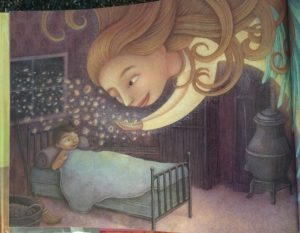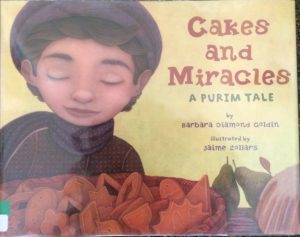Author: Pat Mora
Illustrator: Rafael López
Publisher and Year: HarperCollins Publishers 2009
Number of Pages: 26
Genre: Fiction
 Analysis:
Analysis:
Book Fiesta is a book that is written in both English and Spanish. The book is about the Mexican holiday El día del niño (The Day of the Child) and a celebration of books. There are multiple children in the book who show the different ways this day can be celebrated around the world. Book Fiesta is a picture narrative, which allows the images to tell most of the story with support of few words.
The book can function as a mirror, window, and door depending on the reader. If a reader has previously celebrated The Day of the Child then this book would function as a mirror. They would be able to personally connect to the text because it is something they have experienced. This would also be a mirror for a lot of readers because throughout the text there are many different cultures represented along with some different disabilities. If a reader has never celebrated The Day of the Child the text would function as a window for them. The book would be a window because they are able to see into a different culture’s celebration. The book could also function as a door for readers who have not celebrated this holiday but wish to participate in it. It can give these readers different ideas on how to celebrate the newfound holiday. There are many different cultures represented on each page of this text. For example on page 2 there is a picture of a Chinese building and on page 5 there is a picture of a Greek style building. There are also books throughout the text that are in all different languages. On page 4 there is a picture of a little boy in a wheelchair, which allows people with disabilities to connect with the text. On my favorite page there are two children reading books next to a donkey and a Mexican style building. The text on this page says, “We read in English and Spanish, in Chinese and Navajo too” (Mora, page 3). I like this sentence because it shows the readers that there are many different languages and cultures in the world. Not only does it show this but also that when different cultures come together great things can happen like friendship. All the children in the text are reading books. On each page the children are having a great time reading books. This is an important image for young children to see since books are becoming less popular. By seeing the images young readers can hopefully gain a new viewpoint on books. The pictures in the text are beautiful. They are cartoon like images that look like they were made from cut outs of different colors of paper. This text did a good job at showing different cultures and the importance of books.


